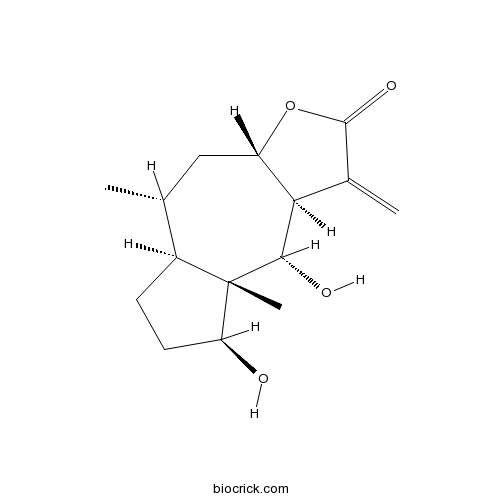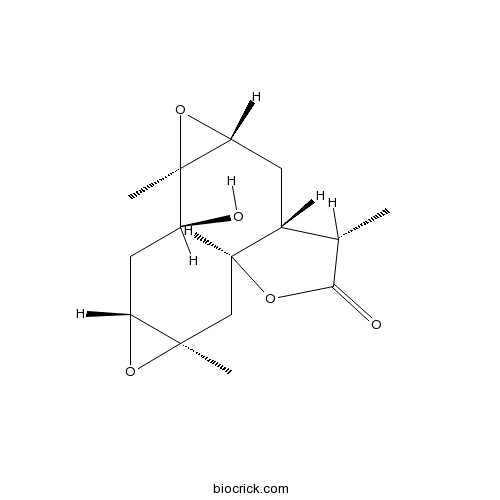Carpesium abrotanoides L.
Carpesium abrotanoides L.
Carpesium abrotanoides Linnaeus, Herbs, perennial. Stems 50-100 cm tall, stout, terete, leafy, pubescent apically. Lower cauline leaves thin, broadly elliptic to oblong, 20-28 * 8.5-15 cm, gland-dotted abaxially, shortly pubescent on both surfaces, narrowed at base into a broadly winged petiole, margin irregularly mucronulate-dentate, apex obtuse to acute; upper leaves sessile, oblong, gradually smaller, apex acute. Capitula many, 6-8 mm wide, sessile, spicately arranged. Involucre campanulate-globose; phyllaries 3-seriate, outer ones shortest, ovate, acuminate, shortly pubescent, scarious-leathery at base. Roadsides, grassy slopes, thickets, forest margins, streamsides; below 2800(-3400) m. China, Afghanistan, Bhutan, India, Japan, Korea, Myanmar, Nepal, Russia, Vietnam; SW Asia (Caucasus, Iran), Europe. Carabrol, ivaxillin and 11(13)-dehydroivaxillin were obtained from Carpesium abrotanoides, and the structures of carabrol and 11(13)-dehydroivaxillin were elucidated.
Products from Carpesium abrotanoides L.
- Cat.No. Product Name CAS Number COA
-
BCN1247
Isorhamnetin-3-O-beta-D-Glucoside 5041-82-7
PDF

-
BCN5551
Isorhamnetin 480-19-3
PDF

-
BCN1121
Carabrone 1748-81-8
PDF

-
BCN6064
Carabrolactone B 1187925-31-0
PDF

-
BCN6063
Carabrolactone A 1187925-30-9
PDF

-
BCN6118
2-Desoxy-4-epi-pulchellin 122872-03-1
PDF

-
BCN4324
1H-Indole-3-carboxylic acid 771-50-6
PDF

-
BCN4420
11(13)-Dehydroivaxillin 87441-73-4
PDF




